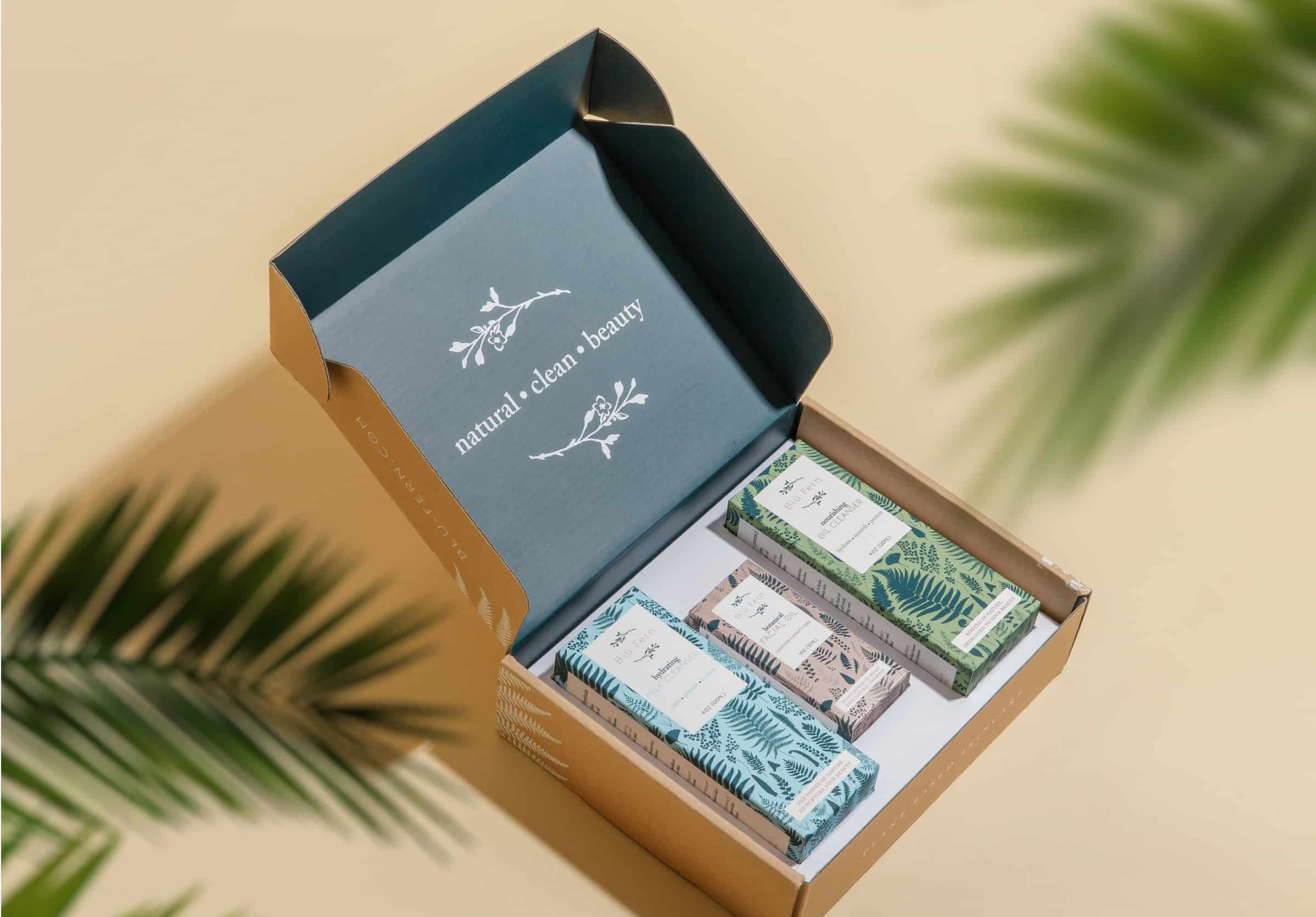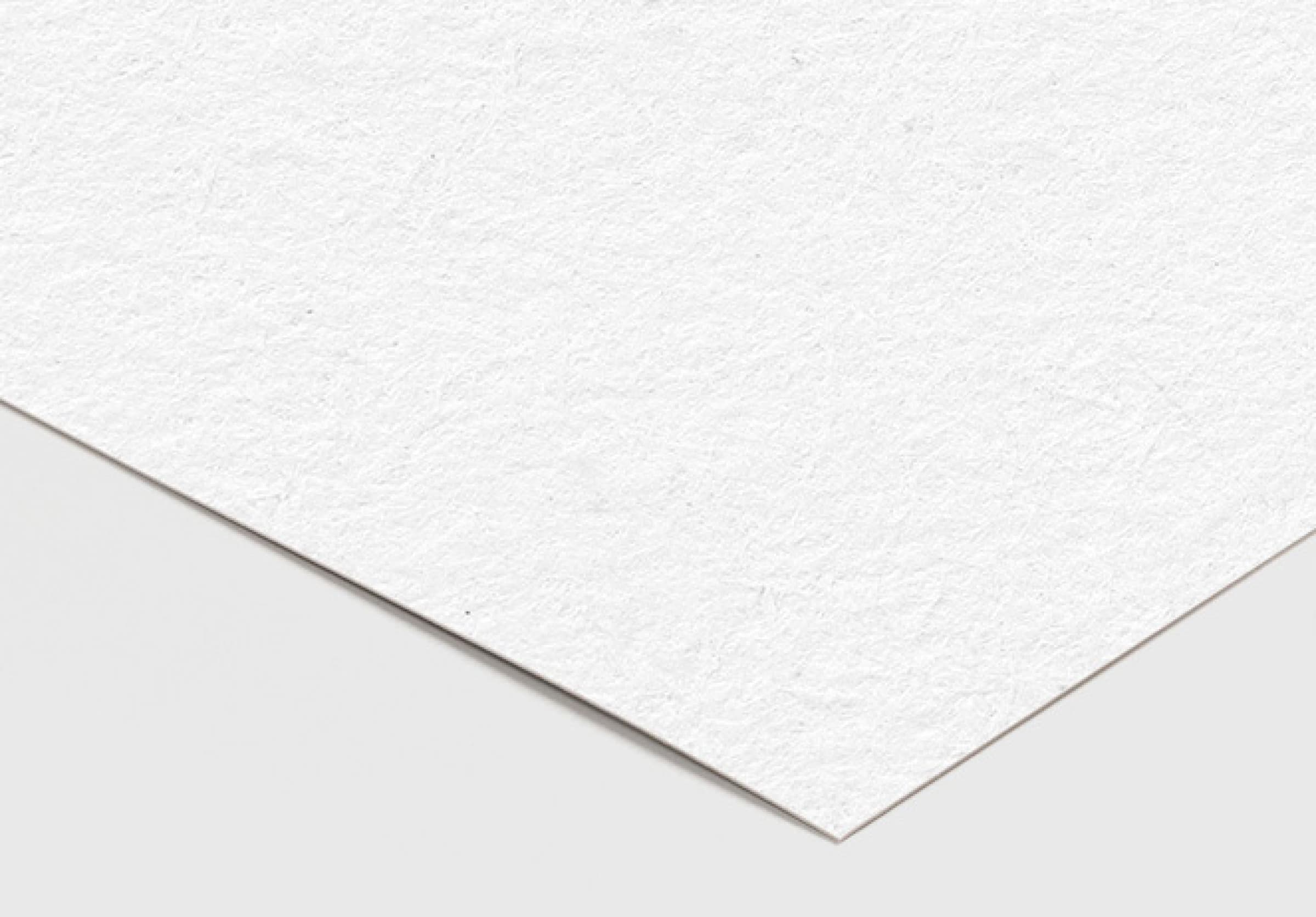What is Kraft Paper and Why is it a Popular Packaging Choice?
With a rise in demand for a more sustainable approach to packaging, kraft paper has made an impactful contribution to meeting these demands.
There is no doubt that kraft paper packaging solutions have gained popularity in the packaging industry, and the capabilities of this material continue to grow.
But why?
Let’s jump right into what kraft paper is and why it has gained so much popularity!
What is Kraft Paper?
Kraft comes from the German word “strong”, and kraft paper is just that!
Raw kraft is durable, tear-resistant, and brown in color thanks to the kraft pulp process.
Ideal for creating durable wrapping kraft paper and sturdy cartons and rigid boxes, kraft paper board is actually also available in a range of colors and shades making it highly versatile for branded packaging solutions.

The surface of raw kraft paper is textured and porous allowing for high-quality printing and finishing for a premium rustic look.
The Kraft Paper Production Process
Kraft paper is a packaging material that gets its name from the Kraft pulping process, pioneered by Carl F. Dahl of Germany in the 1880s.
Normally, in the manufacturing of paper, wood is ‘pulped’ (ground to a pulp) first, but Dahl found that treating the cellulose pulp with certain chemicals (sulfates) increased the strength of the kraft paper.
Initially used as wrapping material, the durable and sturdy nature of kraft paper made it popular for producing packaging solutions like the classic brown kraft paper cardboard box we all recognize today.
Kraft vs. Regular Paper
Some people may say, “It’s just paper, what makes it so special?
Well, to put it simply, kraft paper is stronger.
Thanks to the kraft process mentioned previously, more lignin is stripped from kraft wood pulp leaving more cellulose which gives paper its tear-resistant and durable characteristics.
Raw kraft paper tends to be more porous than regular paper too, making it a little less effective for printing but extremely susceptible to special finishing processes such as:
Embossing/debossing
Foil stamping
How is Kraft Paper Used in Packaging?
Today, kraft paper is primarily used for corrugated boxes and recently has become very popular for carton boxes too!
Thanks to kraft paper’s durable nature the e-commerce industry benefits from corrugated boxes to protect products and ensure they withstand harsh shipping conditions.

Brown kraft paper carton boxes are also commonly used by businesses to achieve sustainability goals and clearly portray eco-friendly initiatives through brown kraft paper’s rustic and raw look.
Kraft paper is very versatile and allows for a wide range of innovative packaging options in today’s packaging industry.
Types of Kraft Paper
Coated Unbleached Kraft (CUK)

This material is considered to be the most basic version.
There is no ‘bleaching’ or further addition of chemicals other than those patented by the kraft process.
For this reason, it is also called Solid Unbleached Sulfate or SUS and consists of 80% virgin fiber wood pulp/cellulose kraft pulp.
This has great tear resistance and a high degree of stiffness, all without being too thick.
In fact, it is the thinnest of all kraft paper-based packaging substrates.
It has a naturally occurring kaolin clay-titanium dioxide coating on its surfaces to improve smoothness and make printing easier.
Solid Bleached Kraft Paper (SBS)

While unbleached Kraft paper is considered more eco-friendly due to its natural color and lack of chemical processing, it may not always be the optimal choice for certain applications, such as packaging for luxury or high-end products.
In these cases, bleached Kraft paper may be preferred, as it offers a smoother surface and brighter appearance that can enhance the printing quality and provide a more premium look and feel.
However, it’s important to note that the bleaching process can have environmental impacts, and businesses should carefully consider the trade-offs between aesthetics and sustainability when choosing between bleached and unbleached Kraft paper.
Ultimately, the choice will depend on the specific needs of the business and the product being packaged, as well as their commitment to sustainability and environmental responsibility.
Coated Recycled Board (CRB)

CRB is 100% recycled kraft paper.
Because it is not made from virgin fiber, its specifications/tolerances are less than that of SBS.
However, recycled kraft paper is also a low-cost packaging substrate that is ideal for instances where high tear resistance/strength is not necessary, such as in the case of cereal boxes.
This also makes it easy for product manufacturers to pass on the cost savings to their consumers and gain a competitive advantage in the market.
The materials mentioned above refer to what we commonly see as folding cartons.
For corrugated boxes, more strength is derived by adding layers of kraft paper
This is called ‘fluting’.
The Benefits of Kraft Paper
Apart from its superior strength and protection, it is 100% eco-friendly.
It degrades naturally within a few weeks, decomposing just like leaves that fall off a tree.
It leaves no impact on the environment, but no one needs to wait that long.
Kraft paper can be recycled for use in new packaging.
Being eco-friendly and having FSC-certified recycled packaging can help increase sales of your product as the world is now realizing the importance of the environment and why it must be protected.
Customization Options for Kraft Paper
Customization options for kraft paper are vast, and they can add a personal touch to your packaging while also promoting your brand.
Many printing companies offer custom kraft paper printing options, allowing you to add your branding or design to your packaging.
This can include adding your company logo, tagline, or other artwork to your kraft paper packaging. You can also choose from a range of finishes, such as matte or gloss, to give your packaging a unique look and feel.
Additionally, you can experiment with different colors and patterns to create a packaging design that reflects your brand personality.
By customizing your kraft paper packaging, you can create a memorable unboxing experience for your customers, which can help increase brand awareness and customer loyalty.

The Environmental Impact of Kraft Paper
The environmental impact of kraft paper is an important consideration when choosing it as a packaging material.
Kraft paper is made from wood pulp, a renewable resource, which makes it more sustainable than other packaging materials.
Additionally, kraft paper is biodegradable and can be recycled, which means it has a lower impact on the environment than plastic or Styrofoam packaging.
When considering the environmental impact of kraft paper, it is also important to consider the manufacturing process.
The kraft process involves using a mixture of chemicals to break down the wood chips, which can have negative environmental impacts if not managed properly.
However, many kraft paper manufacturers have implemented sustainable practices to minimize their environmental impact, such as using renewable energy sources and minimizing chemical waste.
Overall, kraft paper is a more environmentally friendly packaging option than many other materials available on the market today.
Sonhab Chocolate: A Quick Case Study
Sonhab Chocolate, a small-batch chocolatier, was facing a challenge to remain sustainable while creating a unified branding experience for their customers.
They wanted to ensure that their packaging aligned with their values, their commitment to sustainability, and their operational needs.
To address this issue, our recommended Kraft paper boxes as a solution.

By using Kraft paper, Sonhab Chocolate was able to create a reliable and durable package that could house their hand-crafted chocolates and allowed for an absorbent kraft paper surface for handwritten notes.
The Kraft paper paired with foil-stamped details also provided a rustic look and feel that aligned with their branding and commitment to sustainability.
By choosing Kraft paper, Sonhab Chocolate was able to create a unified branding experience while remaining true to their values and commitment to sustainability.
The use of Kraft paper not only enhanced the customer experience but also helped them to reduce their carbon footprint and minimize waste, making it a win-win solution for both the business and the environment.




































